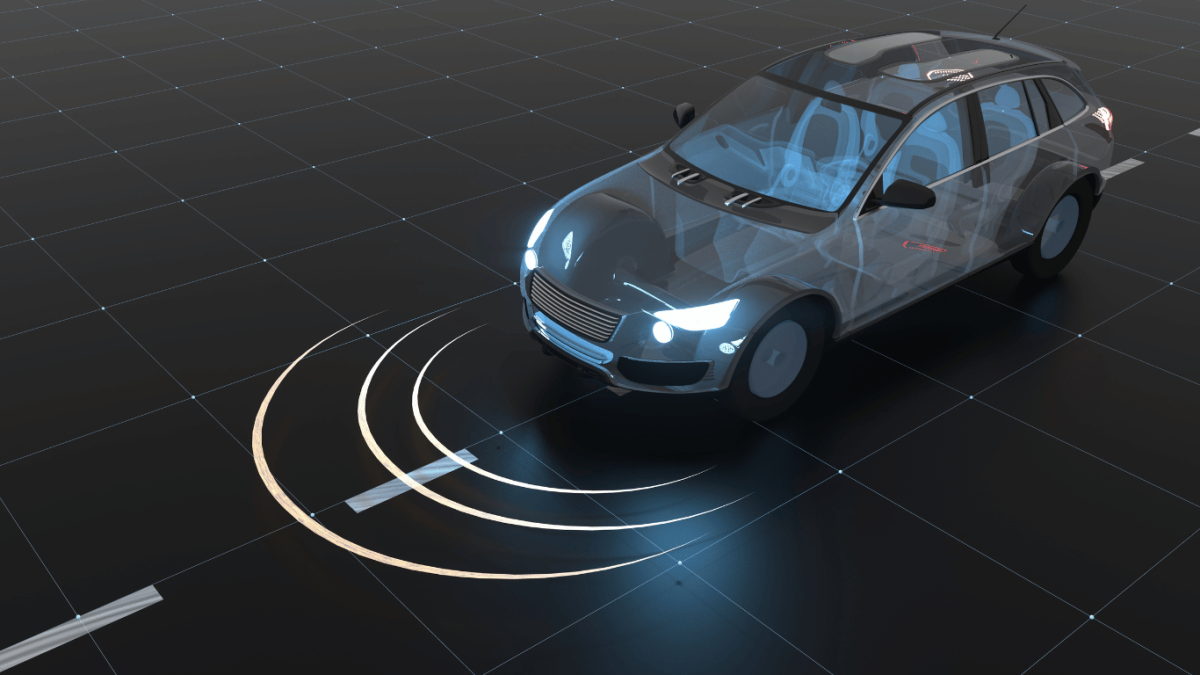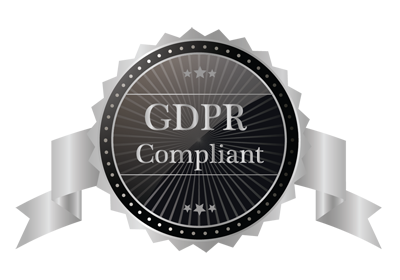Ensuring the privacy and security of your vehicle has become increasingly crucial. Whether you’re concerned about corporate espionage, personal privacy invasion, or unauthorised tracking, understanding vehicle bug sweeping techniques is essential.
This guide explores the methods and equipment used to detect and neutralise various surveillance threats in vehicles, providing you with the knowledge to protect your privacy on the road.
What are the Most Common Vehicle Surveillance Devices?
Before discussing detection techniques, it’s important to understand what you’re trying to detect. These are the types of surveillance devices commonly used in vehicles:
- GPS trackers – These small devices can be hidden in various locations to track a vehicle’s movements.
- Audio bugs – Hidden listening devices like miniature microphones that can record conversations within the vehicle.
- Hidden cameras – Tiny cameras concealed to capture video footage inside or outside of the vehicle.
- Transmitters – Hidden devices that send real-time audio or video data to a remote receiver.
Each of these electronic eavesdropping devices poses a unique threat to your privacy and security, making comprehensive bug sweeping essential.
Where are Surveillance Devices Typically Hidden in Vehicles?
Covert operatives often choose inconspicuous locations to plant surveillance devices. Some common hiding spots include:
- Under the dashboard
- Behind the steering column
- Inside door panels
- Under seats or floor mats
- In the boot or spare tyre compartment
- Within the vehicle’s electrical system
Understanding these potential hiding spots is crucial for effective bug sweeping and detection.
What Equipment is Used for Vehicle Bug Sweeping?
Professional TSCM (Technical Surveillance Countermeasures) teams employ a range of sophisticated equipment to detect hidden surveillance devices:
- RF (Radio Frequency) detectors – These tools identify active transmitting devices.
- Non-Linear Junction Detectors (NLJD) – Used to locate both active and passive electronic components.
- Thermal imaging cameras – Help visualise heat signatures from hidden electronic devices.
- GSM detectors – Specifically designed to identify cellular-based tracking devices.
- Physical inspection tools – Including borescopes and inspection mirrors for visual checks.
This advanced detection equipment allows for thorough and comprehensive bug sweeps, ensuring no stone is left unturned in the search for hidden surveillance devices.
How is a Professional Vehicle Bug Sweep Conducted?
A systematic approach is crucial for effective vehicle bug sweeping. Here’s an overview of the process:
1. Initial Consultation
The first step in a professional vehicle bug sweep involves an in-depth consultation with the client. During this discussion, the client’s concerns and any potential threats are identified, helping to tailor the sweep process to address specific vulnerabilities and ensure a thorough inspection.
2. Visual Inspection
A meticulous visual inspection follows, where both the exterior and interior of the vehicle are carefully examined. This step involves looking for any signs of tampering, such as loose panels, scratches, or unusual components, which could indicate the presence of hidden surveillance devices.
3. Physical Search
Specialised tools are then employed to conduct a physical search of the vehicle, especially in hard-to-reach areas. This search targets spots where electronic devices might be concealed, such as under seats, within dashboard compartments, or behind panels, ensuring no area is overlooked.
4. Electronic Sweep
An electronic sweep is a critical part of the process, utilising RF detectors and other advanced equipment to identify active surveillance devices. This step is essential for detecting signals emitted by hidden bugs or tracking devices, which might be missed during a physical inspection.
5. Thermal Imaging
To further enhance detection capabilities, thermal imaging is used to scan the vehicle for heat signatures. This technology helps locate hidden electronics that may still emit residual heat, even if they are powered down or in standby mode.
6. GPS and GSM Sweep
A targeted GPS and GSM sweep is conducted to identify potential tracking devices. By focusing on these specific signals, the sweep ensures that any GPS trackers or GSM-based bugs are detected and neutralised.
7. Diagnostic Checks
The vehicle’s electrical system undergoes diagnostic checks to uncover any anomalies that could indicate tampering. This step is vital for ensuring that no unauthorised devices have been integrated into the vehicle’s wiring or communication systems.
8. Documentation
Finally, the entire process is documented in a detailed report, which outlines the findings and provides recommendations for further action. This comprehensive documentation offers the vehicle owner a clear understanding of the sweep results and any necessary steps to maintain their security.
What are the Signs That Your Vehicle Might Be Bugged?
While professional bug sweeping is the most reliable method, there are some indicators that your vehicle might be under surveillance:
- Unexplained battery drain
- Unusual sounds or interference on the radio
- Unexplained scratches or marks around the vehicle
- Loose panels or upholstery
- Unfamiliar wires or components
If you notice any of these signs, it’s advisable to seek professional bug sweep services promptly.
Can DIY Bug Sweeping be Effective?
While DIY bug detectors are available on the market, they often lack the sensitivity and sophistication of professional-grade equipment. Additionally, without proper training, it’s easy to miss well-hidden devices or misinterpret results. Professional bug sweeping services offer the expertise and advanced equipment necessary for thorough and reliable detection.
What Steps Can Be Taken to Prevent Vehicle Bugging?
While detection is crucial, prevention is equally important. Here are some measures to reduce the risk of vehicle bugging:
- Regularly inspect your vehicle for signs of tampering
- Limit access to your vehicle, especially in high-risk areas
- Consider installing a vehicle alarm system
- Be cautious about who services your vehicle
- Park in secure, well-lit areas when possible
These precautions, combined with regular professional bug sweeps, can significantly enhance your vehicle’s security.
Protect Your Vehicle With Advanced Sweeping
In an era where surveillance technology is becoming increasingly sophisticated, protecting your vehicle from unwanted monitoring is paramount. By understanding the threats and employing professional bug sweeping services, you can ensure your privacy and security on the road.
Our Vehicle Security Services
At Advanced Sweeping, we offer comprehensive vehicle bug sweeping services tailored to your specific needs. Our team of TSCM experts utilises state-of-the-art equipment and proven techniques to detect and neutralise a wide range of surveillance threats.
Our vehicle bug sweeping services include:
- Thorough visual and physical inspections
- RF and GSM sweeps
- Diagnostic checks for hardwired devices
- Thermal imaging to detect passive devices
- Comprehensive reporting and recommendations
We understand the importance of discretion and offer the option to bring your vehicle to our secure facility or conduct on-site sweeps at your location. Don’t leave your privacy to chance – contact us today to schedule a professional vehicle bug sweep and gain peace of mind.
 info@sweeping.co.uk
info@sweeping.co.uk www.sweeping.co.uk
www.sweeping.co.uk UK 03450 343945
UK 03450 343945




